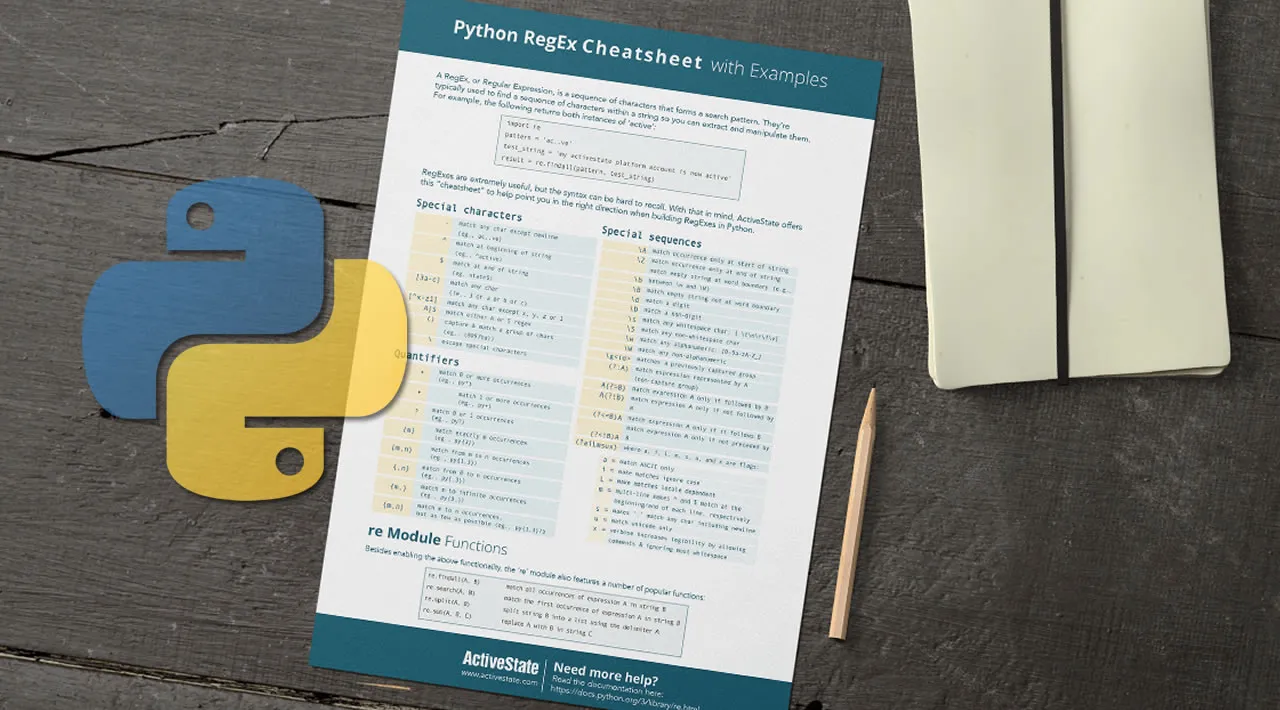This document is a quick cheat sheet showing how the PEP 484 typeannotation notation represents various common types in Python 3.
Type hints cheat sheet (Python 3) ¶ This document is a quick cheat sheet showing how the PEP 484 type annotation notation represents various common types in Python 3. Python for Data Science Cheat Sheets. Python is one of the most widely used programming languages in the data science field.Python has many packages and libraries that are specifically tailored for certain functions, including pandas, NumPy, scikit-learn, Matplotlib, and SciPy.The most appealing quality of Python is that anyone who wants to learn it, even beginners, can do so quickly and easily.
Note
Technically many of the type annotations shown below are redundant,because mypy can derive them from the type of the expression. Somany of the examples have a dual purpose: show how to write theannotation, and show the inferred types.
Variables¶
Python 3.6 introduced a syntax for annotating variables in PEP 526and we use it in most examples.

Built-in types¶

Functions¶
Python 3 supports an annotation syntax for function declarations.
Python 3 Cheat Sheet Pdf
When you’re puzzled or when things are complicated¶
Standard “duck types”¶
In typical Python code, many functions that can take a list or a dictas an argument only need their argument to be somehow “list-like” or“dict-like”. A specific meaning of “list-like” or “dict-like” (orsomething-else-like) is called a “duck type”, and several duck typesthat are common in idiomatic Python are standardized.
Free Python 3 Cheat Sheet

You can even make your own duck types using Protocols and structural subtyping.
Classes¶
Coroutines and asyncio¶
See Typing async/await for the full detail on typing coroutines and asynchronous code.
Miscellaneous¶
Decorators¶

Decorator functions can be expressed via generics. SeeDeclaring decorators for more details.
